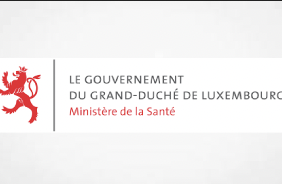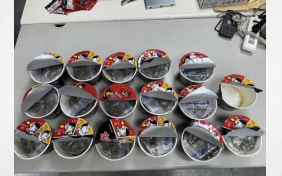Samples of cocaine and heroin seized by the police in Luxembourg show signs of dilution with various other substances, the Ministry of Health explained in response to a parliamentary question this Saturday.
According to the Ministry of Health, the cocaine seized in Luxembourg has an average purity of 62%. However, there is great variance in terms of purity. The cutting agents most frequently detected in cocaine are levamisole, phénacétine, lidocaine and caffeine.
Incidentally, the purity of heroin seized in Luxembourg is only 12%. Paracetamol and cocaine are the most commonly used cutting agents.
Drug stretching, or cutting, is the mixing of the actual drug, such as cocaine or heroin, with a cheaper substance that has a similar colour and texture to the drug. In this way, dealers increase the quantity they sell in order to make more profit.
In most cases, the cutting agents are products that are easy to obtain and cheap. These do not necessarily pose a greater health risk than the substance itself, but there are instances in which drugs are laced with substances such as synthetic opioids, making consumption significantly more dangerous. However, the particularly strong synthetic opioid fentanyl, which plays an important role in the context of the opioid crisis in the USA, has not yet been detected in Luxembourg.
People who find themselves with a severe drug addiction and therefore struggle to halt their drug consumption can minimise their risk by using supervised drug consumption rooms where they can get ‘safer use information’ and can be helped immediately in the event of health complications.


















